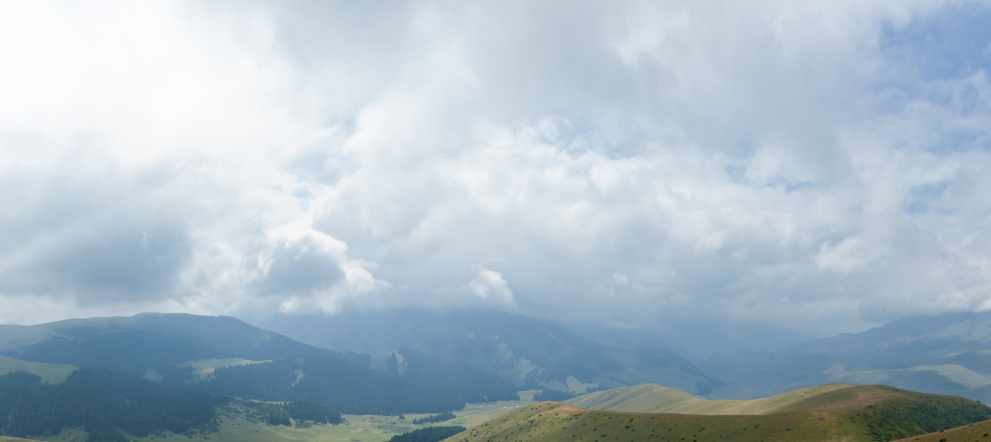




The Kazakhs called the radial bone of a sheep kärі zhіlіk (literally “old bone”). It had a high semiotic status in amulet function. According to traditional beliefs, it protects the family from abundance, wealth and prosperity – “otbasynyñ berekesi, mal-zhany men dauletiniñ, barlyk igiliginiñ qorğaushysy”, it is revered as an apothecary (qasietti) [13, p. 116]. The Kyrgyz also revere this bone: they keep it at home or hang it above the front door. S.M. Abramzon [1] gives information about kärі zhіlіk as a protector of a herd of horses and cattle on the basis of field research material. Also bones, according to the views of Kyrgyz, guarded a man on the way. According to scholars [13], Kazakhs hung it as a talisman on a newly built forge, which underlines the male hypostasis of kärі zhіlіk. The bone was not given away to dogs.
The concept of the kärі zhіlіk as a protector of the herd was used by Buryats and Mongols: “The ray bone was considered the protector of the horses and the saddle, it “protected” the herd from wolf attacks and cattle deaths, it was tied on both sides of the door. When the ray bone was in a herdsman’s yurt, he felt safe, even if he was alone, because both wolves and thieves were afraid of this bone [16, p. 100]. In the nomadic tradition of Eurasia, the ray bone of the ram – kärі zhіlіk – has a distinct masculine symbolism and carries masculine functions – protector, savior, guardian, etc.


